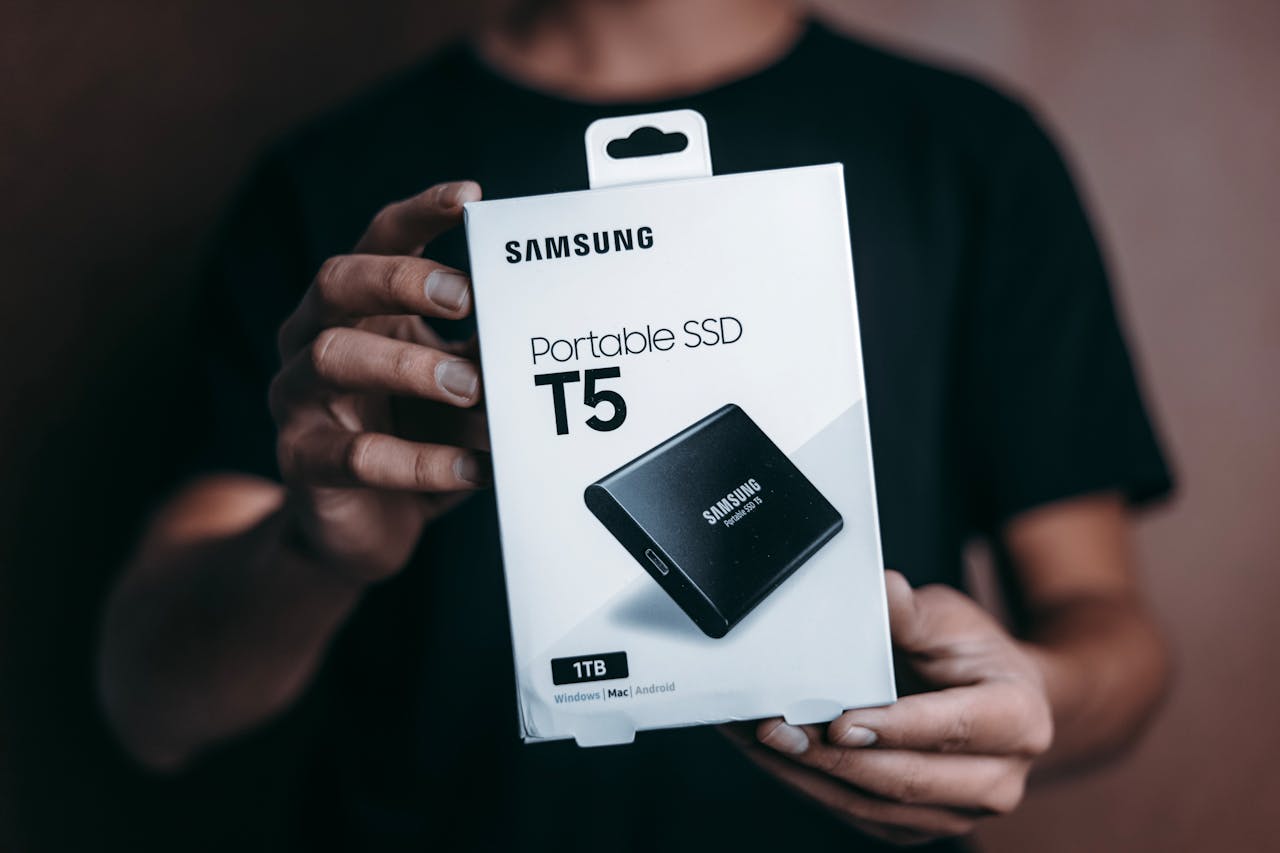How Samsung Electronics Rose from Home Appliances to Global Tech Leader
Samsung Electronics, once a modest manufacturer of TVs and refrigerators, has transformed into a dominant global tech force. In 2025, it stands not only as the world’s largest memory chip producer but also a critical player in smartphones, display panels, and cutting-edge AI hardware. This transformation didn’t happen overnight—it’s the product of bold bets, intense vertical integration, and a culture deeply rooted in resilience and long-term vision.
From Humble Beginnings to Household Name
Founded in 1969 as a division of the Samsung Group, Samsung Electronics initially focused on black-and-white TVs. By the 1980s, it began exporting microwave ovens, VCRs, and basic semiconductors. While many saw the company as just another low-cost Asian electronics manufacturer, Samsung’s ambitions were far greater.
The 1997 Asian Financial Crisis became a turning point. While many Korean firms were downsizing or folding, Samsung doubled down on R&D and global expansion. It poured billions into developing its own DRAM and NAND chips and modernizing its display panel production.
The Semiconductor Power Play
Fast forward to 2025, Samsung Electronics is the undisputed leader in memory chips, accounting for over 38% of the global DRAM market and 32% of NAND flash shipments, according to Gartner’s latest data. Unlike many competitors, Samsung controls nearly the entire supply chain—from fabrication to packaging—which gives it a massive efficiency edge.
| Metric (2025) | Samsung Electronics | Closest Competitor |
|---|---|---|
| Global DRAM Market Share | 38.1% | 26.3% (SK hynix) |
| NAND Flash Market Share | 32.2% | 22.5% (Kioxia) |
| AI Accelerator Chip Revenue | $4.3B | $3.9B (AMD) |
| Smartphone Shipments (units) | 282 million | 230 million (Apple) |
Samsung’s $20B investment into its Taylor, Texas chip foundry—operational in 2024—is now bearing fruit. The facility is geared toward advanced nodes (3nm and below), essential for AI and high-performance computing, making Samsung a rare non-Taiwanese alternative to TSMC in cutting-edge chip manufacturing.
Smartphones: Innovation Meets Scale
Samsung’s Galaxy line has long dominated Android devices globally. In 2025, its new Galaxy Z Fold6 and Galaxy S25 Ultra, powered by Exynos chips built on 3nm processes, set new benchmarks in mobile performance, power efficiency, and AI integration.
Samsung’s One UI software ecosystem, while once criticized for bloat, is now praised for its customization and productivity tools—especially across foldables. It also benefits from synergy with Samsung’s wearables, tablets, and SmartThings IoT platform.
Displays: The Quiet Giant
Another underappreciated driver of Samsung’s dominance is its display division, Samsung Display, which supplies OLED panels to competitors like Apple, Google, and Xiaomi. As of Q2 2025, Samsung controls over 65% of the global mobile OLED display market, according to Omdia.
Samsung is also pioneering QD-OLED and MicroLED technologies for ultra-premium TVs and monitors, appealing to creators, gamers, and professionals seeking next-gen visuals.
AI & Next-Gen Computing Ambitions
Samsung isn’t sitting out the AI race. In early 2025, it unveiled the Mach-1 NPU architecture, designed to accelerate edge AI tasks directly on smartphones and home appliances. The chip is already integrated into high-end Galaxy phones and Bespoke AI smart fridges.
Samsung is also collaborating with OpenAI and Google Cloud to optimize on-device inference, reducing reliance on data centers and enhancing privacy.
Strategic Comparison: Samsung vs. Its Biggest Rivals
| Dimension | Samsung Electronics | Apple | TSMC |
|---|---|---|---|
| Vertical Integration | Full stack (chips, display, OS) | Limited (outsources chips) | Fab-only model |
| AI Hardware | Yes (NPUs, Exynos AI SoCs) | Limited (Neural Engine) | No AI chips, just fab |
| Semiconductor Foundry | Yes (Samsung Foundry) | No | Yes (world leader) |
| Ecosystem Integration | High (SmartThings, Galaxy) | Very high (iOS, iCloud) | Low |
Samsung’s strength lies in its ability to own nearly every layer of the tech stack, giving it unmatched agility in both cost control and innovation.
Global Manufacturing & Supply Chain Strategy
Samsung’s global supply chain now spans South Korea, Vietnam, the U.S., India, and Indonesia. It has diversified away from China faster than most, insulating itself from geopolitical shocks and U.S.-China tech tensions.
For example, its smartphone manufacturing facility in Noida, India, is now the largest mobile phone factory in the world, producing over 100 million devices annually for local and export markets.
Challenges and Criticisms in 2025
Samsung’s sprawling empire isn’t without friction. Labor rights criticisms in Vietnam, environmental concerns over chip fabs, and lingering legal disputes with Apple over patents still cast shadows. Internally, the leadership transition following Lee Jae-yong’s legal entanglements has also raised questions about long-term governance.
Yet, Samsung’s culture of relentless improvement—what insiders call “Samsung’s Survival DNA”—keeps it resilient in a fiercely competitive industry.
FAQ: Samsung Electronics Global Tech Leader
Q1: How did Samsung Electronics become a global tech leader?
A: By investing heavily in semiconductors, displays, and R&D, diversifying its supply chain, and vertically integrating everything from chip design to manufacturing.
Q2: What makes Samsung different from Apple or TSMC?
A: Unlike Apple (which relies on TSMC), Samsung manufactures its own chips and displays, allowing for deeper integration and cost efficiency.
Q3: What is Samsung’s biggest market in 2025?
A: Asia remains its largest, but North America and Europe drive premium sales, especially for foldables and home appliances.
Q4: Is Samsung leading in AI?
A: Samsung is advancing quickly with its Mach-1 NPUs, aiming to bring powerful edge AI to everyday consumer products.
You Might Like:
- How Nvidia Built Its Chip Empire: From GPU to AI Revolution
- How Tesla Disrupted the Global Auto Industry in Just 10 Years
- Meta Growth Transformation Metaverse Gamble
- How Google Built Its AI and Search Engine Duopoly
Found this helpful? Share it with fellow tech enthusiasts or leave a comment below—what part of Samsung’s journey do you find most impressive?



